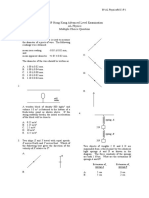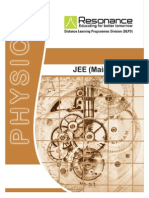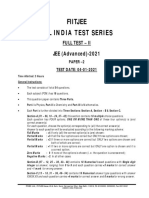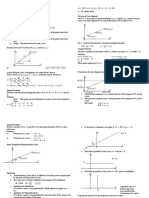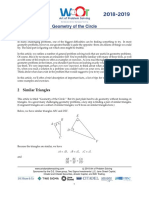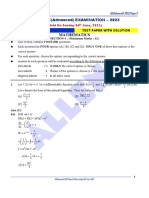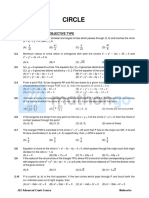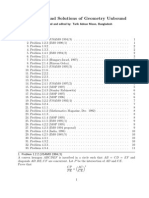0% found this document useful (0 votes)
90 views32 pagesPhysics and Chemistry Exam Questions
This document contains a physics exam with multiple choice questions covering topics like electrostatics, thermodynamics, and mechanics. It also contains a chemistry exam with questions on topics like acids and bases, stereochemistry, and equilibrium. The exams have several sections and contain questions about concepts as well as calculations.
Uploaded by
ommie289Copyright
© © All Rights Reserved
We take content rights seriously. If you suspect this is your content, claim it here.
Available Formats
Download as PDF, TXT or read online on Scribd
0% found this document useful (0 votes)
90 views32 pagesPhysics and Chemistry Exam Questions
This document contains a physics exam with multiple choice questions covering topics like electrostatics, thermodynamics, and mechanics. It also contains a chemistry exam with questions on topics like acids and bases, stereochemistry, and equilibrium. The exams have several sections and contain questions about concepts as well as calculations.
Uploaded by
ommie289Copyright
© © All Rights Reserved
We take content rights seriously. If you suspect this is your content, claim it here.
Available Formats
Download as PDF, TXT or read online on Scribd
/ 32
























